Bloody Sunday jersey, stone carving workshops and more at unique 'time capsule' museum
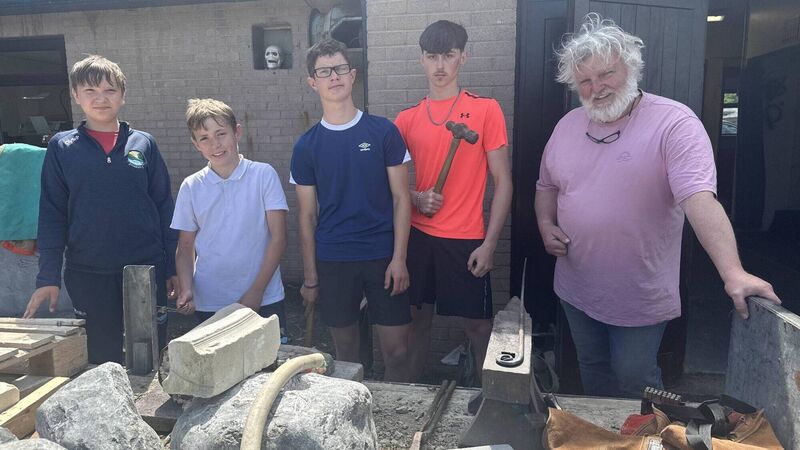
Students from Coláiste Sliabh na mBan with the Stone Mason Philip Quinn. Picture: John D Kelly
The traditional library-like hush in museums is pretty familiar to us all, along with look-but-don't-touch notices on every exhibit. So a museum where you are literally invited to play vintage arcade games or get involved in stone carving is a real break from expectations.
The Tipperary Museum of Hidden History is part of a major heritage initiative involving a long exploration of traditional craft, material culture, and built heritage.
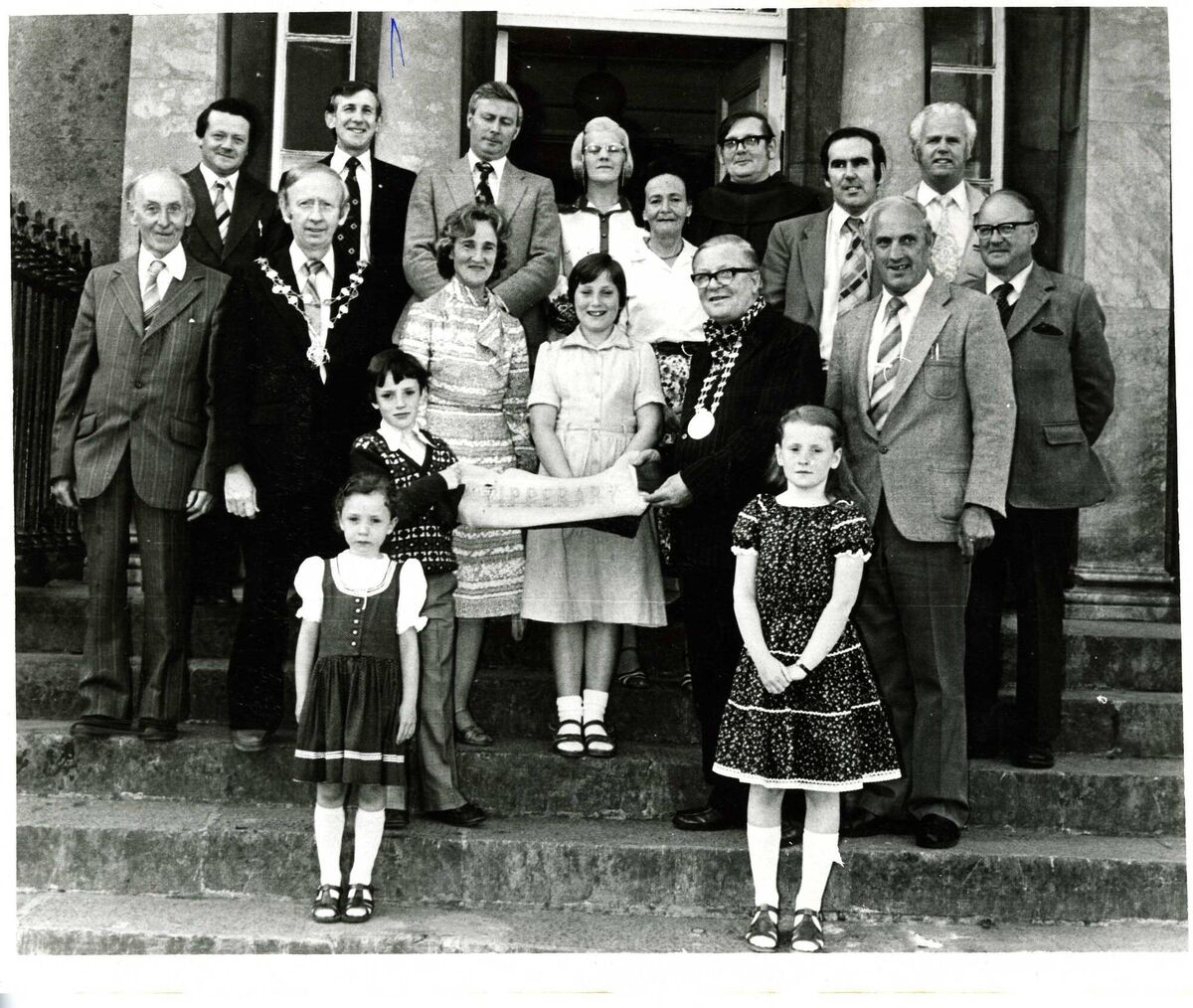
What this actually means is an eclectic mix of exhibits featuring everything from phone card collections to a 'Bloody Sunday jersey' understood to have been owned by Tipperary Gaelic footballer Michael Hogan who was killed by British forces on November 21, 1920 while playing against Dublin in the GAA Great Challenge Football Match in Croke Park. This is the Michael Hogan the Hogan Stand at Croke Park is named for.
The museum is also at the centre of a major heritage initiative aiming to engage communities in traditional craft, material culture, and built heritage. This 'Hands of Heritage' project brings together artists, schools, historians, and the wider public, in an extensive and vibrant programme of workshops, lectures, and exhibitions, celebrating Ireland’s rich craft traditions and their place in everyday life, past and present.
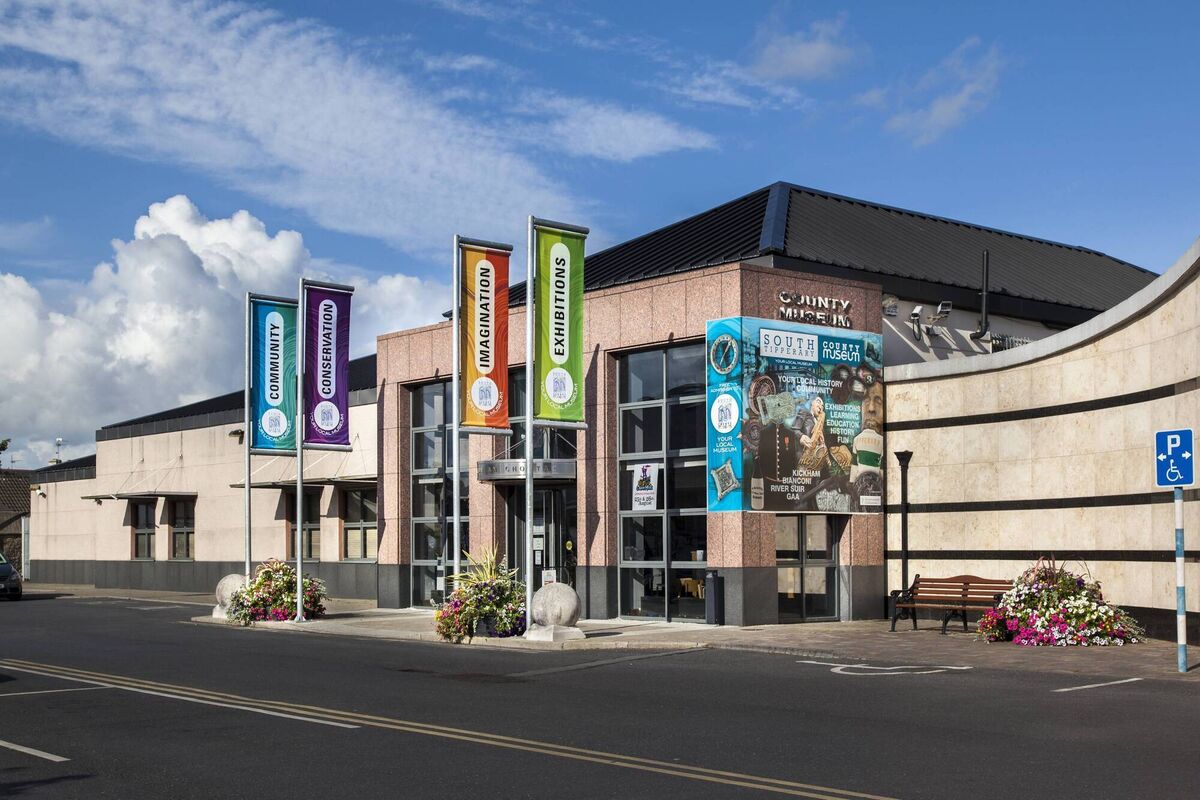
Led by Marie McMahon, museum curator, this ambitious initiative sees the museum partnering with schools, community groups, skilled craftspeople, and other local authority bodies, placing skills-sharing and sustainability at its heart.
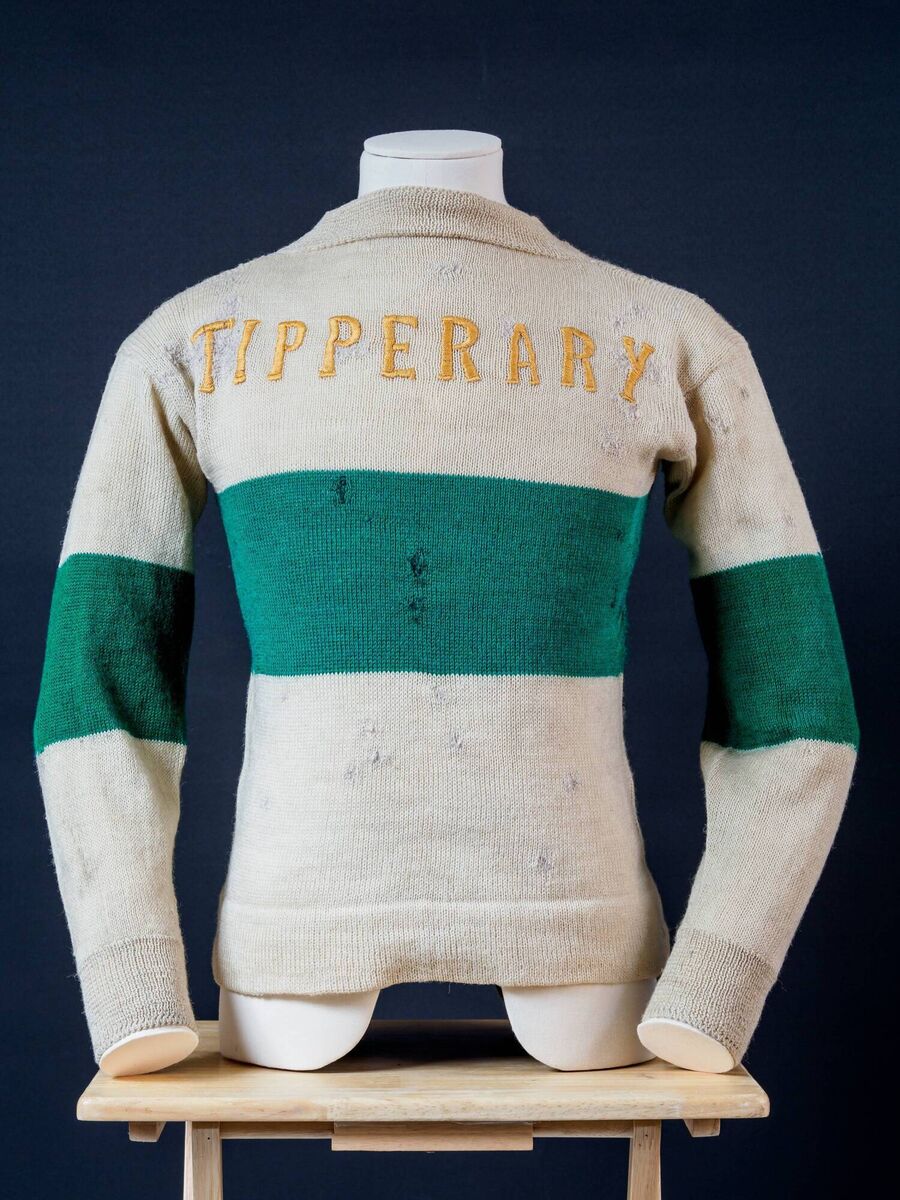
The programme offers a unique mix of hands-on learning, intergenerational exchange, and creative expression. Key elements include stone carving workshops with sculptor Philip Quinn, willow planting and weaving with artist Lynn Kirkham, and textile workshops led by Leisa Grey. These practical sessions are complemented by lectures and skills demonstrations from leading figures in folklore, heritage, and vernacular design, including oral historian Michael Fortune.
The museum was set up in the 1940s and it was the first purpose-built Local Authority County Museum in Ireland.
The huge range of items on display is reminiscent of a time-capsule.
"That's exactly what we are — a living time capsule," agrees Ms McMahon.
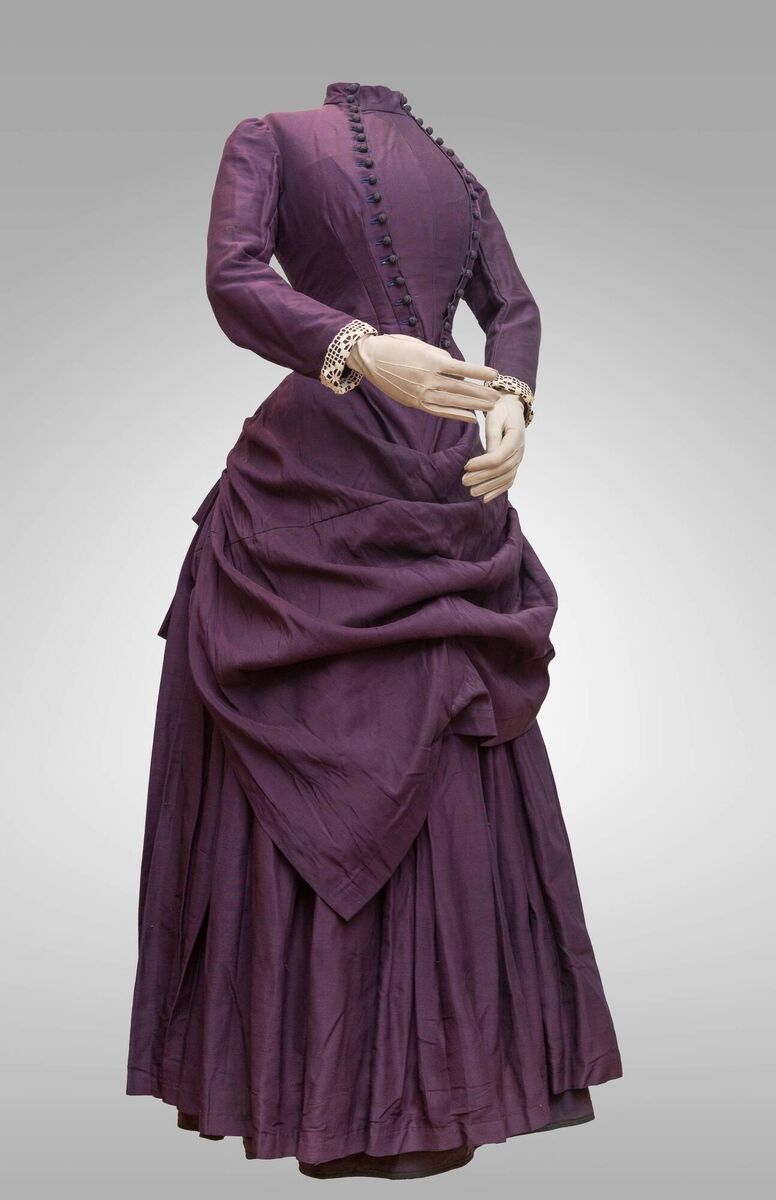
And even things many people would well remember now form part of the museum's display. Think phonecards, once so vital in the pre-mobile phone days when you would make sure you had credit on your phone card so you weren't stranded without a lift somewhere. These cards, introduced in 1988, featured commemorative or seasonal designs as well as advertising campaigns. They were frequently more popular as a collectors item in the 1990s than their real purpose as a prepaid telephone card. There were just 324 different call card designs, in case you're wondering.
Another museum exhibit features the pierrot trend which was so popular in the 1980s — featuring everything from porcelain dolls to trinket boxes and duvet covers and wallpaper.
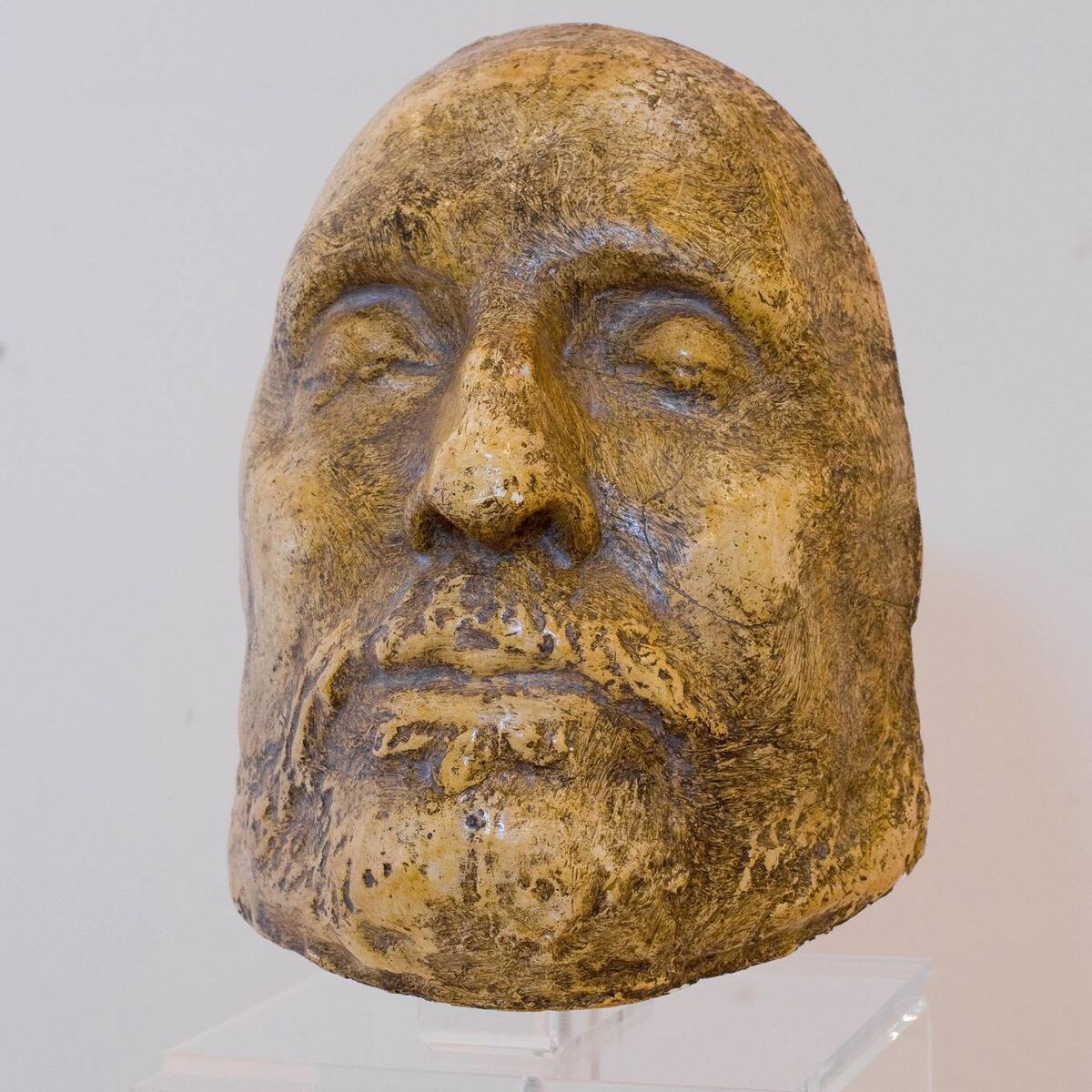
There's definitely a keen awareness of Irish sentiment and feelings when describing the exhibits too. Take Oliver Cromwell's replica death mask. The British military leader who led a brutal campaign here in Ireland died in 1658. A wax impression of his face was taken before his initial burial in Westminster Abbey. The museum outlines that he was later exhumed, hung in chains and beheaded. "His death mask was then used to make effigies — life size representations which were ceremonially burned or beheaded in protest. So it is safe to say his mask was not made in loving memory!"
The local angle is also to the fore in this museum where it is noted that having Cromwell's death mask on display "allows you to look into the face of the man who, 350 years ago laid siege to many towns in Ireland, including Clonmel".
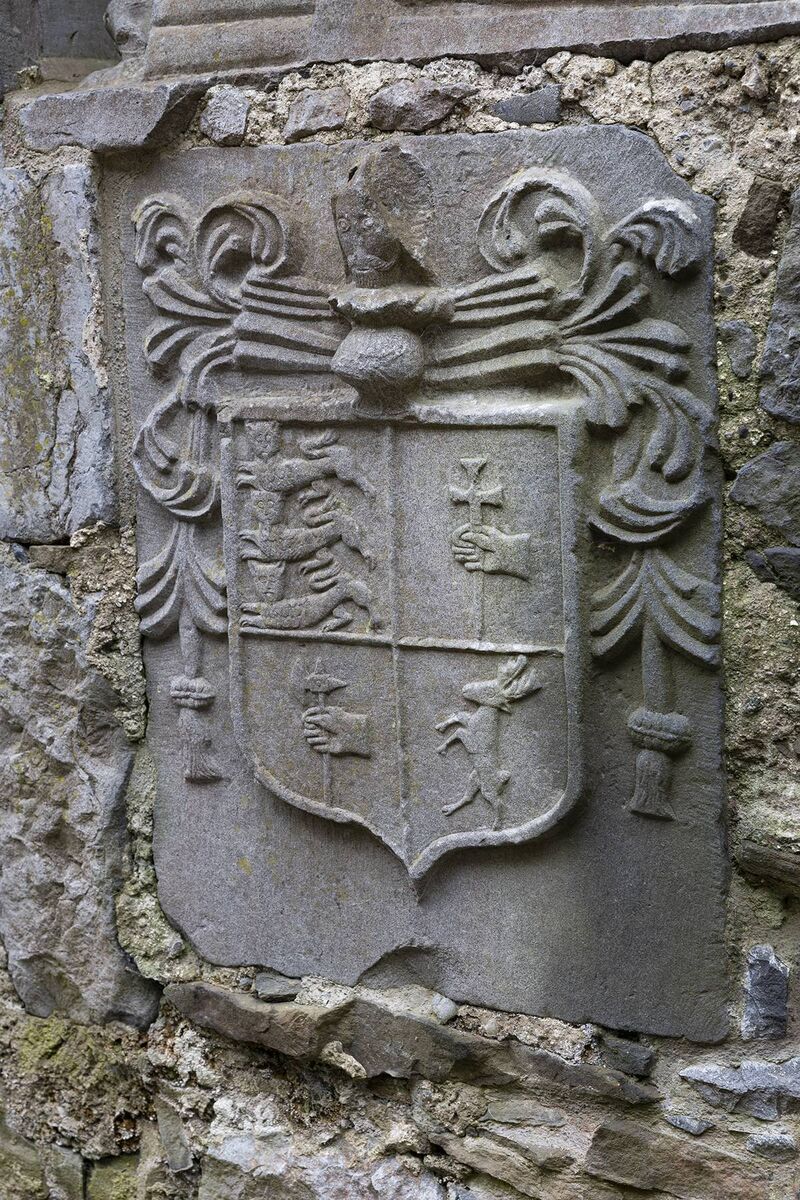
A core aim of the project is to reconnect people with the craft heritage of their own localities, from the materials used in creating those crafts, to the oral traditions that accompany them. It places special focus on sustainable practices and the use of local resources, including a community willow planting in Clonmel that will provide materials for future workshops.
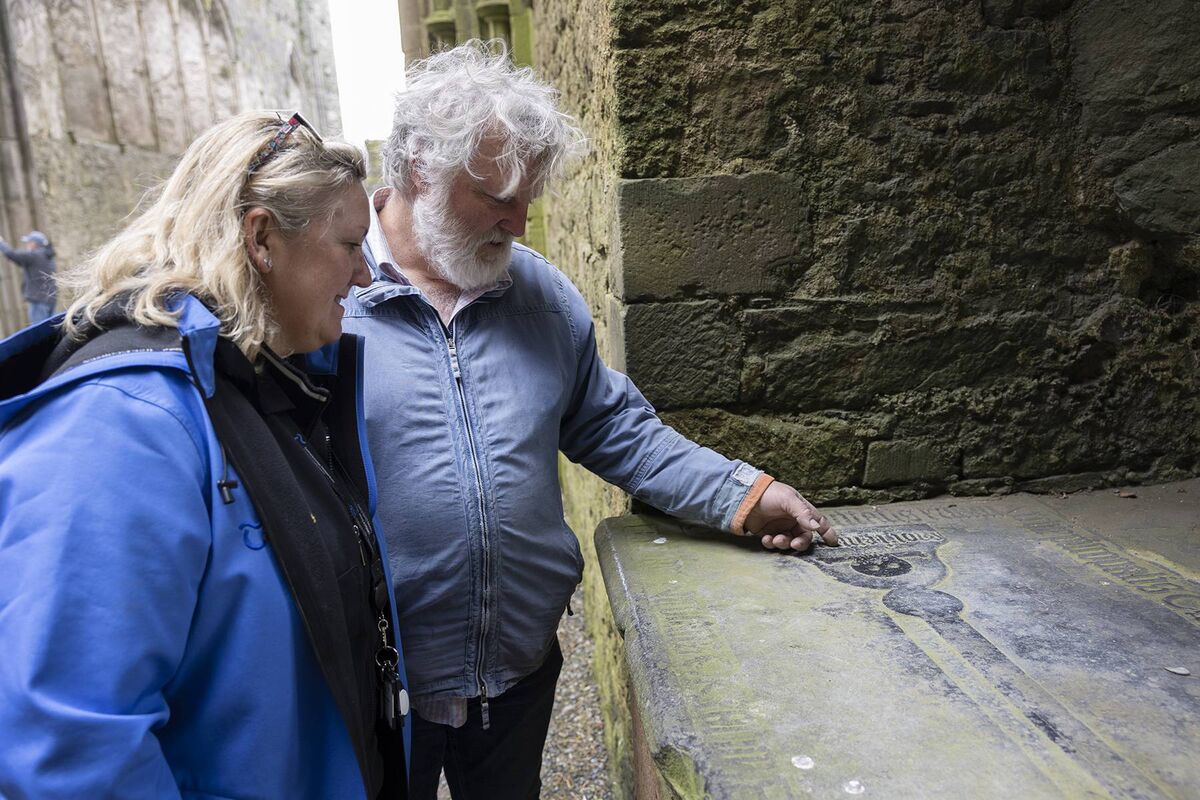
In addition to student-led creations, adult learning groups will explore traditional dyeing, weaving, and stitching techniques, contextualised by artefacts from the Museum’s own collection. The work produced across all workshops will be publicly exhibited at the Museum, offering another opportunity to reflect on the process, skills acquired, and stories shared.
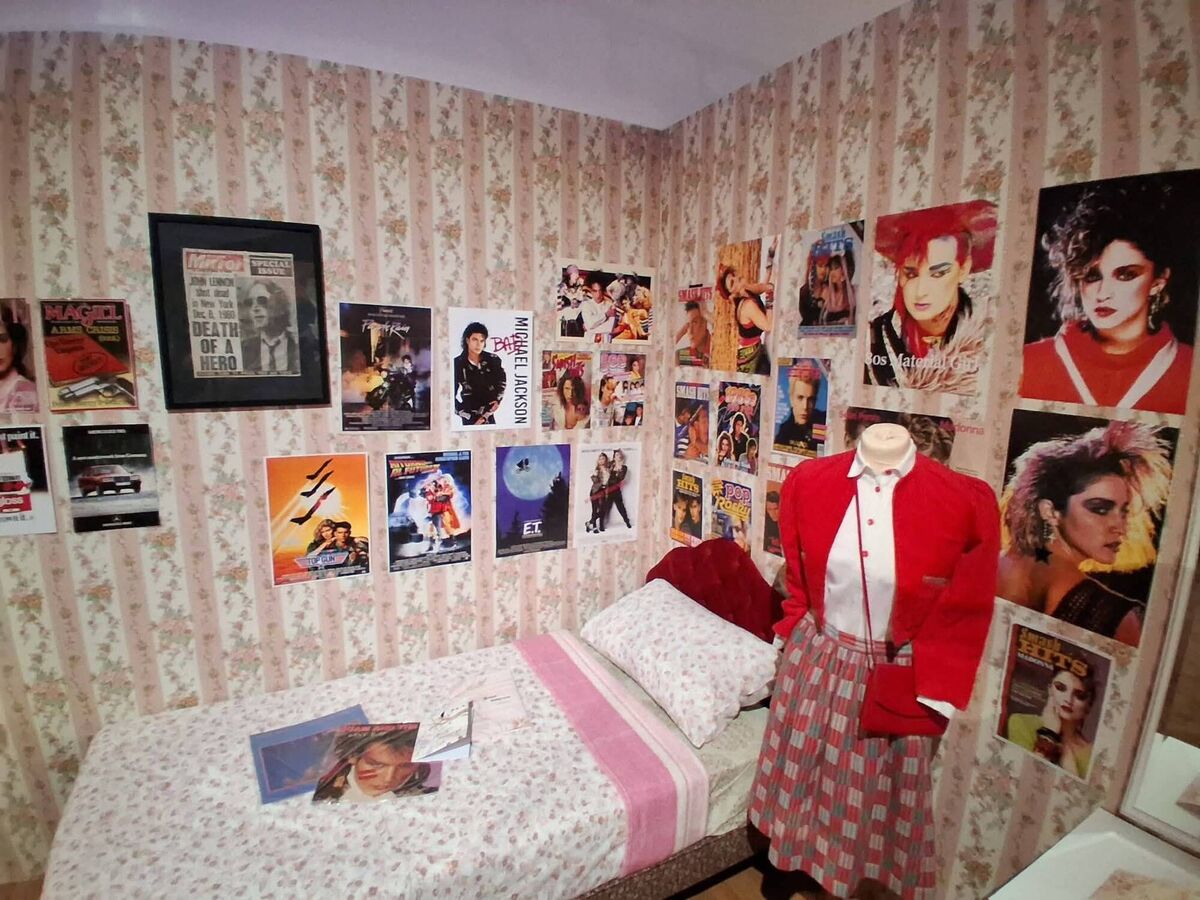
Ms McMahon said: "This project is about returning to the roots of making — honouring the knowledge held in communities and the materials found in our landscapes. We’re not only creating objects, we’re reviving traditions, connecting people, and telling stories that matter. Hands of Heritage is an opportunity to activate the Museum’s collection and extend it outwards, into schools, fields, and homes. It places real value on heritage as a living, breathing part of contemporary life."
The first phase and launch of this diverse project was at the famous Rock of Cashel. Students from Coláiste Sliabh na mBan were brought on an exploration of the tombs and architecture found on the Rock of Cashel, the seat of the kings of Munster.
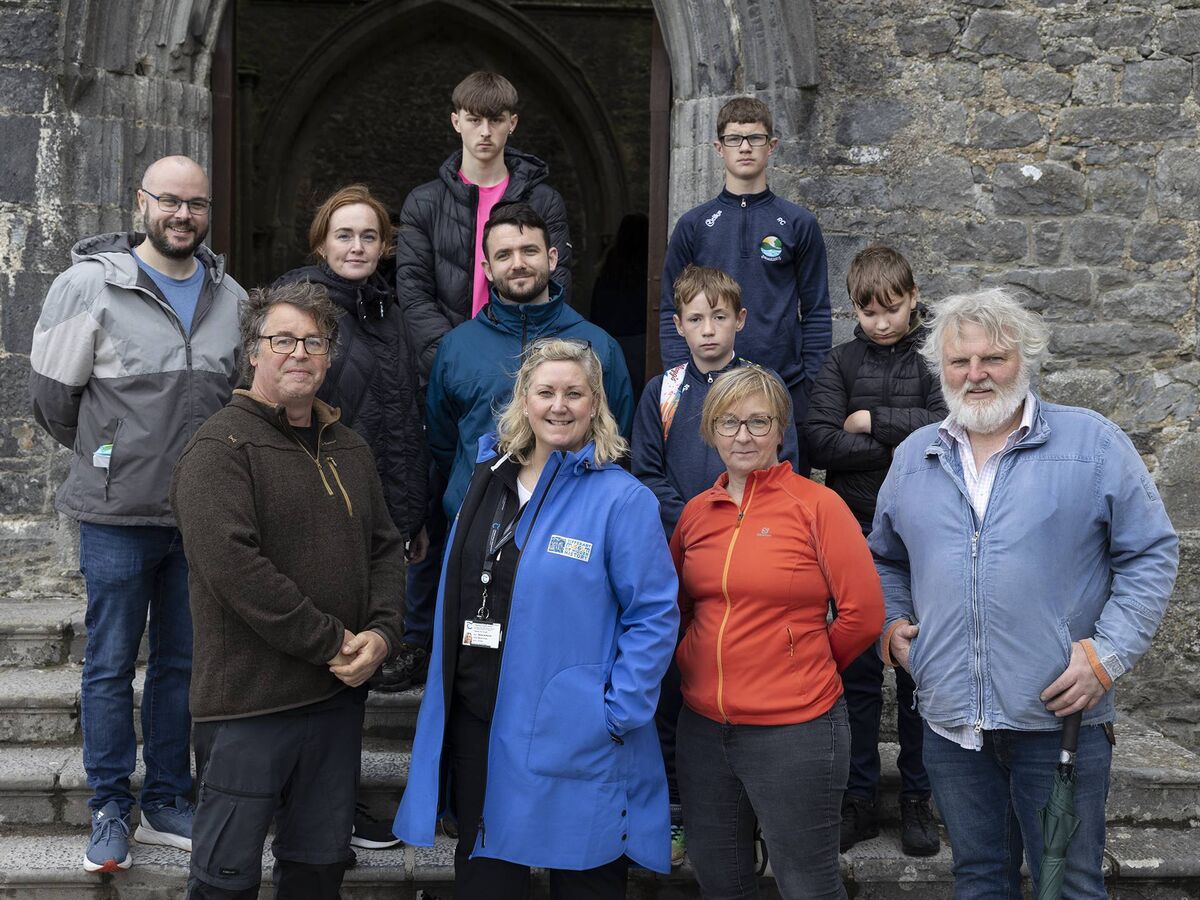
Philip Quinn, Holy Cross local, master craftsman, and stone mason, pointed out the types of rocks used when carving the stone on this 10th-century ecclesiastical site.
Folklorist, Michael Fortune, brought the site to life by explaining the noises and activity of the masons and farriers working together on 'the Rock'.
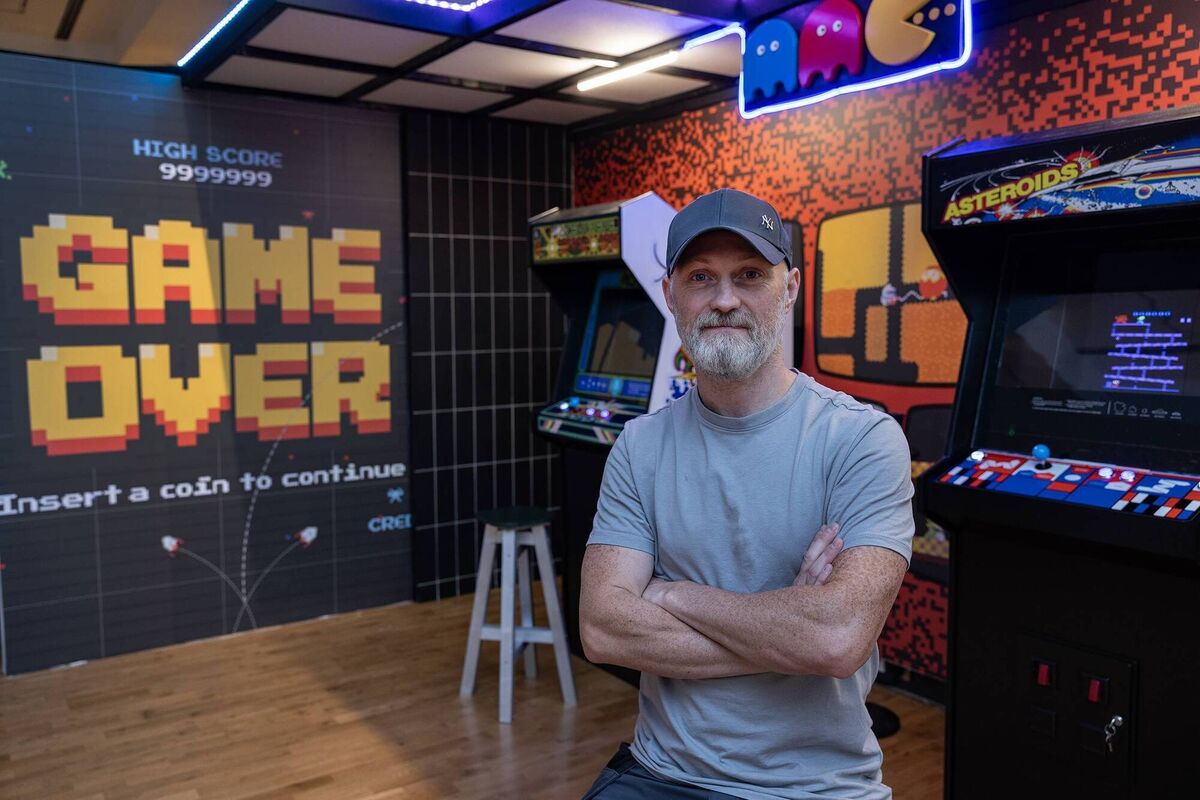
One current exhibit at the museum is Unleash the 80s — a reflection of the 1980s through fashion, music, games and entertainment. Think the endless glitz and glamour of Dallas, roller skates, the Rubik Cube, Atari, music albums, 1980s clothes, and Sunday evenings watching Clonmel native and cultural icon, Vincent Hanley presenting on MT USA.
In addition to the tribute to Vincent Hanley, Marie McMahon and the museum team have transformed the museum's gallery into an 80s themed space, complete with a bedroom, living and sitting room, where you can watch a full three-hour episode of . The exhibition would not be complete without a vintage arcade, created in-house.
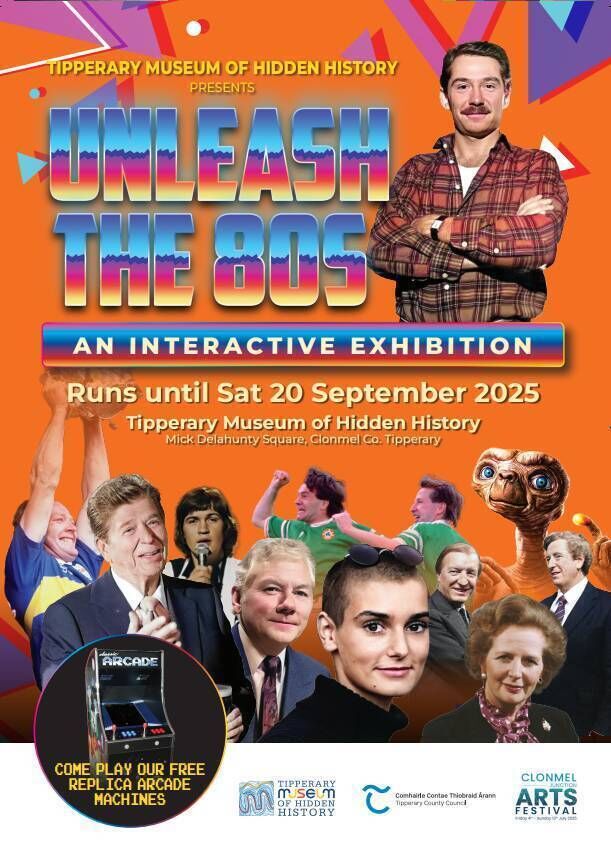
The Unleash the 80s exhibition runs until September 20.
- Hands of Heritage is funded by The Heritage Councils Heritage Stewardship Funding Scheme. Tipperary County Museum has also been shortlisted in the County Heritage Category in the Lottery Good Causes Heritage Award 2025.
- Tipperary Museum of Hidden History is based at Mick Delahunty Square, Clonmel, County Tipperary, E91 Y891







